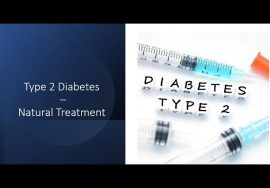Diabetic ketoacidosis (DKA) & Hyperosmolar hyperglycemic state (HHS)
This video teaches you the pathophysiology of diabetic ketoacidosis (DKA) and hyperosmolar hyperglycemic state (HHS), using the treatment protocol we use in The Netherlands. I personally love this protocol, because it gives me 3 dials to turn when treating these diabetic emergencies: fluids to treat the extreme dehydration, insulin to treat the acidosis in DKA and to reverse the hyperglycemic state in HHS, and a third dial, a drip with high dose glucose, to counteract the rapid decline of serum osmolality. Please check out your own protocol to see how your hospital treats DKA and HHS. But use this video as a method of understanding these emergencies.
Related videos:
◆ Hyperkalemia:
◆ Hypokalemia:
◆ Hyponatremia:
◆ Metabolic acidosis:
◆ Lactic acidosis:
Get it touch!
Website ▸
Twitter ▸
Facebook ▸
Instagram ▸












You are absolutely a genius
Loved the explanation of both pathophysiology, 3 dial management, osmololity. Thankyou.
O
Glad you liked it!!
Very well explained! ? a million thanks
You’re welcome! ?
Best and simplest explanation ???
How do I make rehydration solution from low salt containing approximately 50% sodium and 50% potassium salt?My father keeps getting HHS which we now seem to be able to recognise before it gets to hospitalisation stage. I want to know how many grams to put in a litre of water for him to have orally.
Loved the 3 dial management …????
Thank you for your kind words, Ashutosh!
ecxplained very nicely.
Thanks! ☺️
Aggressive re-hydration increases the risk for cerebral edema. If that occurs, prognosis is extremely poor.
It’s good to hear you again
Thanks Don! Sorry it took me a while 🙂
Thank you Jessica! Identifying DKA and HHS early, giving prompt management and close monitoring is key to getting a good outcome.
Great point on ensuring people know that the intracellular potassium will be low despite a likely normal serum potassium. Great video keep it up!